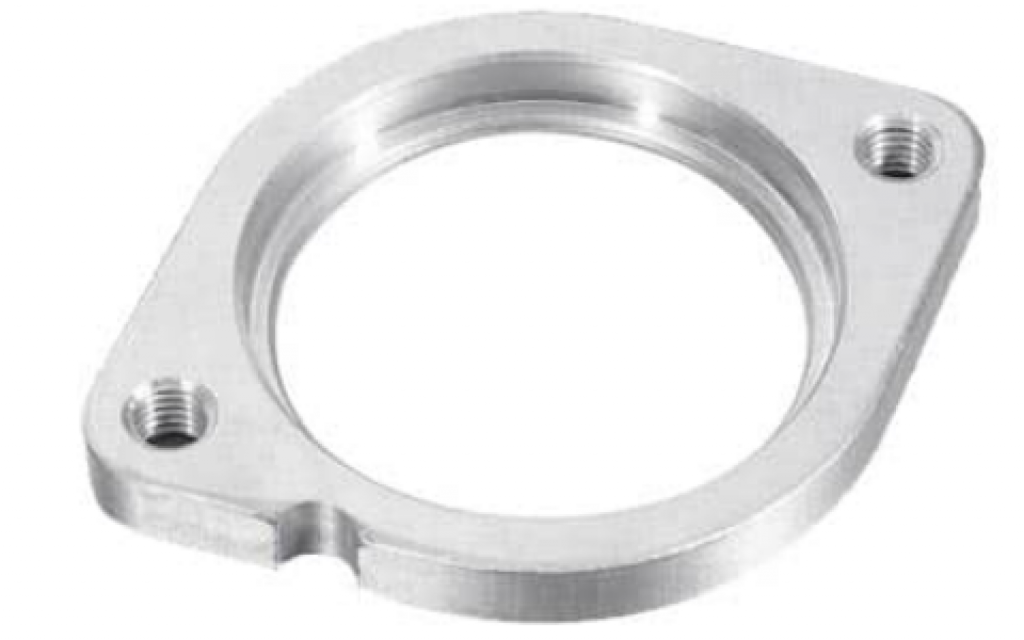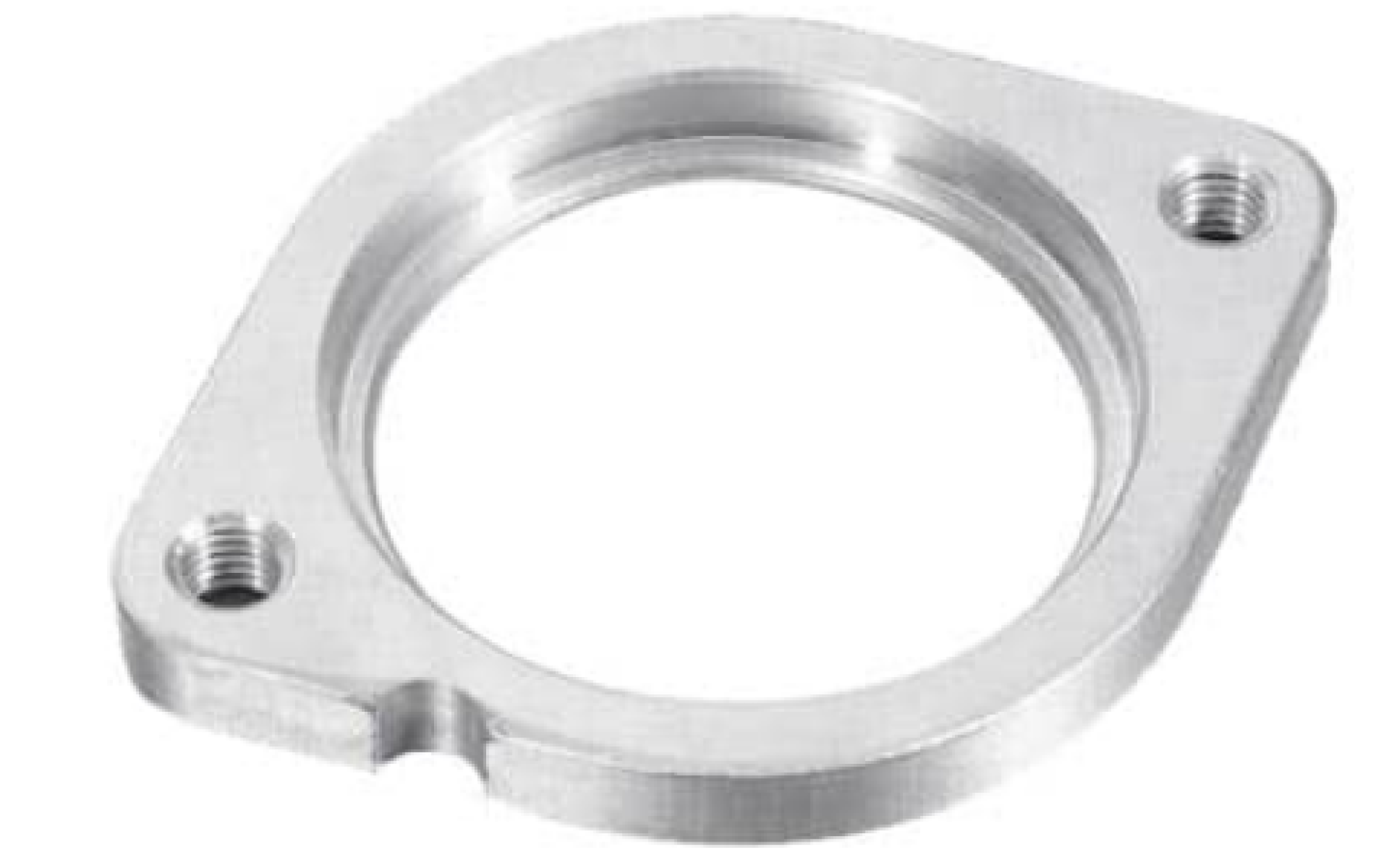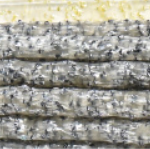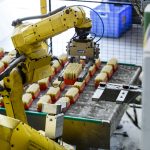
Fineblanking is a precision metal forming process that produces high-quality parts with tight tolerances and smooth edges. This process is widely used in the automotive, aerospace, and medical industries for the production of complex parts such as gears, sprockets, and surgical instruments.
In this article, we will explore the fineblanking process, its advantages, and applications, and why it is an important technology for modern manufacturing.
The Technique of Fineblanking
The fineblanking process is a specialized form of blanking that combines stamping and shearing to produce precision parts with clean, burr-free edges. The process involves three main steps: blanking, piercing, and cutting.
- Blanking: In the first step, a metal strip is fed into a fineblanking press, where a punch and die set cut a blank from the strip. Unlike conventional blanking, which produces a rough edge with burrs, fineblanking uses a special die that consists of multiple components, including a blanking punch, a matrix, and a counterpunch. This die set holds the metal strip tightly and compresses it before it is cut, resulting in a smooth, burr-free edge.
- Piercing: After blanking, the next step is to pierce the blank to create holes or other features. The piercing operation is similar to blanking, except that a smaller punch is used to cut through the material. The die set holds the blank securely, ensuring that the piercing operation is accurate and consistent.
- Cutting: The final step in the fineblanking process is cutting the part from the strip. This operation is performed by a cutting punch that shears the part off the strip. The cutting punch is designed to provide a clean cut that requires minimal finishing.
Advantages of Fineblanking
Fineblanking offers several advantages over other metal forming processes, including:
- High Precision: Fineblanking produces parts with extremely tight tolerances and precise features, making it ideal for applications that require high accuracy.
- Clean Edges: The fineblanking process produces parts with smooth, burr-free edges, eliminating the need for secondary operations such as deburring.
- High Volume Production: Fineblanking is a high-speed, high-volume process that can produce large quantities of parts quickly and efficiently.
- Material Savings: The fineblanking process uses less material than other metal forming processes, resulting in material savings and lower production costs.
Applications of Fineblanking
Fineblanking is widely used in various industries, including automotive, aerospace, and medical. Some of the common applications of fineblanking include:
- Gears and Sprockets: Fineblanking is ideal for producing high-precision gears and sprockets that require tight tolerances and smooth edges.
- Brackets and Connectors: Fineblanking is used to produce brackets and connectors for a variety of applications, including automotive and aerospace.
- Surgical Instruments: Fineblanking is used to produce surgical instruments such as scissors, forceps, and tweezers that require high precision and smooth edges.
- Electrical Contacts: Fineblanking is used to produce electrical contacts for switches and relays that require precise features and smooth edges.
Fineblanking and Cepicat
Fineblanking is a precision metal forming process that offers high precision, clean edges, high volume production, and material savings. It is a versatile technology that is widely used in various industries for producing complex parts with tight tolerances and smooth edges.
Fineblanking is an important technology for modern manufacturing, and its use is expected to increase in the coming years as manufacturers continue to demand high-quality parts with tight tolerances and smooth edges.
Cepicat offers a big variety of tools for fineblanking that can be found in the CEPIMET line of products. If you want more information about this product, contact us at info@cepicat.com.




